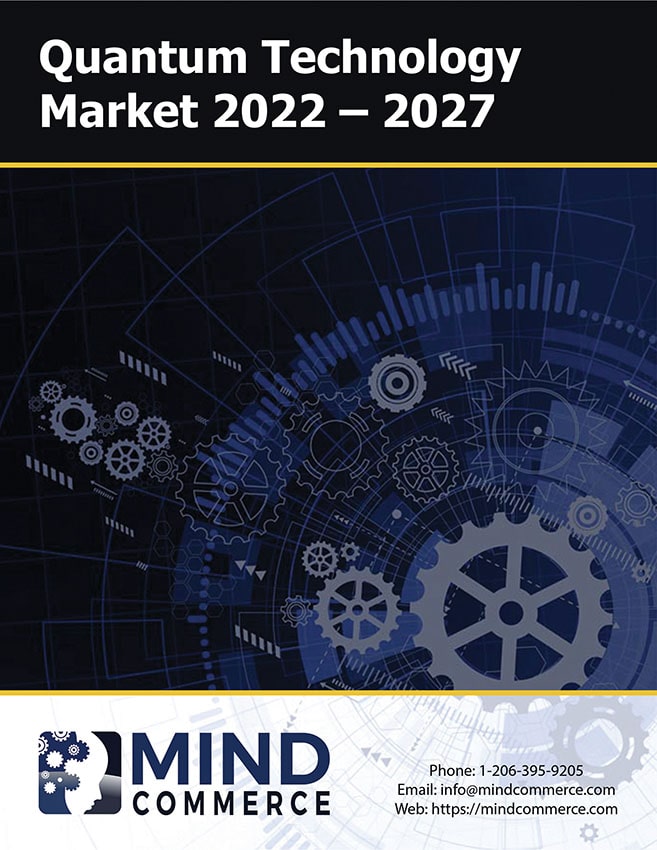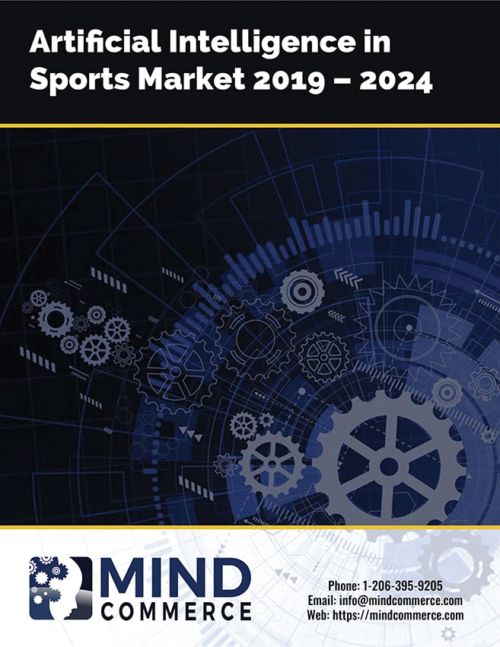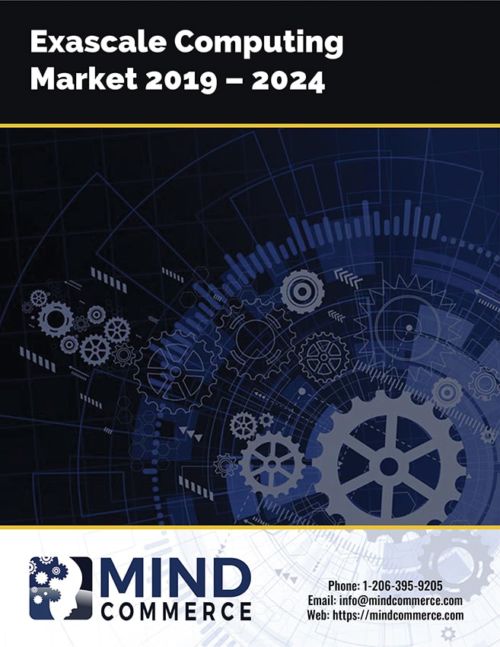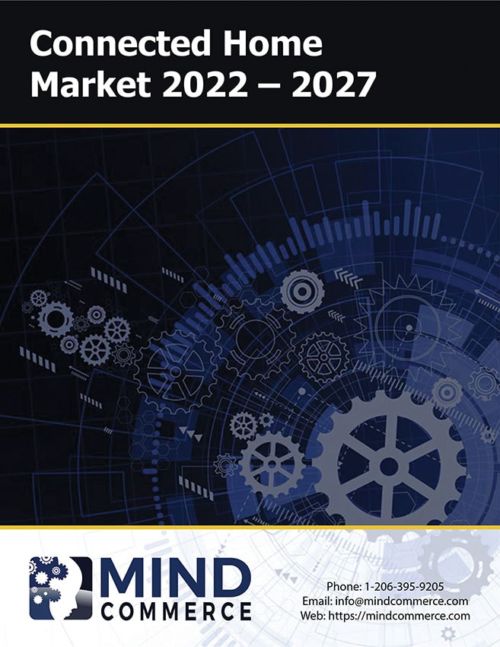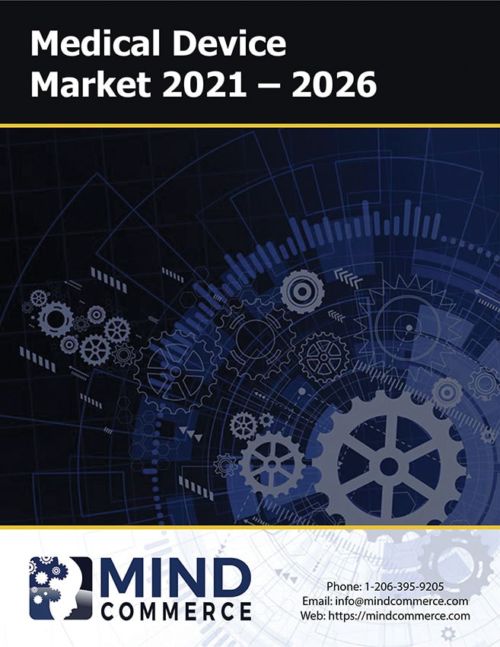Description
Much more than only computing, the quantum technology market provides a foundation for improving all digital communications, applications, content, and commerce. In the realm of communications, quantum technology will influence everything from encryption to the way that signals are passed from point A to point B. While currently in the R&D phase, networked quantum information and communications technology (ICT) is anticipated to become a commercial reality that will represent nothing less than a revolution for virtually every aspect of ICT.
However, there will be a need to integrate the ICT supply chain with quantum technologies in a manner that does not attempt to replace every aspect of classical computing, but instead leverages a hybrid computational framework. Traditional High Performance Computing (HPC) will continue to be used for many existing problems for the foreseeable future, while quantum technologies will be used for encrypting communications, signaling, and will be the underlying basis in the future for all commerce transactions. This does not mean that quantum encryption will replace blockchain, but rather provide improved encryption.
The quantum technology market will be a substantial enabler of dramatically improved sensing and instrumentation. For example, gravity sensors may be made significantly more precise through quantum sensing. Quantum electromagnetic sensing provides the ability to detect minute differences in the electromagnetic field. This will provide a wide-ranging number of applications, such as within the healthcare arena wherein quantum electromagnetic sensing will provide the ability to provide significantly improved mapping of vital organs. Quantum sensing will also have applications across a wide range of other industries such as transportation wherein there is the potential for substantially improved safety, especially for self-driving vehicles.
Quantum sensing and imaging go hand-in-hand as the former supports the latter and vice versa. Quantum sensing may be used to produce images that reveal information heretofore unobtainable. Conversely, quantum image processing may be used to dramatically improve microscopy, pattern recognition and segmentation in images. Quantum processes enable detection of image details that would otherwise go unnoticed within the current constraints of background effects/illumination, low light levels, and wavelength limitations.
Commercial applications for the quantum imaging market are potentially wide-ranging including exploration, monitoring, and safety. For example, gas image processing may detect minute changes that could lead to early detection of tank failure or the presence of toxic chemicals. In concert with quantum sensing, quantum imaging may also help with various public safety related applications such as search and rescue.
Some problems are too difficult to calculate, but can be simulated and modeled. Quantum simulations and modeling is an area that involves the use of quantum technology to enable simulators that can model complex systems that are beyond the capabilities of classical HPC. Even the fastest supercomputers today cannot adequately model many problems such as those found in atomic physics, condensed-matter physics, and high-energy physics.
Quantum Systems are Indefinite, and Exponentially Large, which would require Exponential Processing with Classical Computing
To accomplish this goal, quantum simulators create a more controllable quantum environment to simulate what is actually occurring in nature within a real-world, uncontrollable, inaccessible quantum environment. Quantum simulation and modeling can lead to a variety of practical commercial benefits such as the design of improved computing systems, development of new materials, and predictive analytics for large interdependent systems such as a smart city ecosystem.
Quantum Technology Market for Government Sector
Sovereign governments are extremely interested in the quantum technology market and the interest goes way beyond the pride of being the first to be able to claim quantum supremacy for developing a quantum computer that can beat the best classical computer. Governments are interested in quantum technology because of the many military/defense and overall security implications. For example, quantum computing can render all existing encryption useless and exposed to hacking and infiltration. This means that all financial transactions and state secrets are potentially at risk with quantum computing.
Conversely, quantum computing enabled encryption will be completely unbreakable. In another example, quantum sensing and imaging may be used to detect the presence of aircraft (even stealth fighters). Advanced Light Detection and Ranging (LIDAR) systems equipped with quantum imaging processes may identify the presence of aircraft based on minute changes in the environment. Conversely, quantum equipped planes may similarly foil quantum LIDAR detection systems, protecting themselves by projecting images that simulate a normal ambient environment.
Commercializing the Quantum Technology Market
The commercial implications for quantum technology cannot be overstated. In many respects today, quantum provides interesting capabilities in search of scalability to support real-world commercial problems. The reason that so much money is being invested in quantum technology is because there is a firm belief that quantum science, such as advanced material science (e.g. quantum computing used in molecular chemistry), will lead to commercially beneficial quantum technologies, such as dramatically improved materials for manufacture of consumer, enterprise, industrial, and governmental goods.
In terms of commercializing the quantum technology market, there will be a need to evolve quantum science to an ROI-focused quantum technology market. Mind Commerce sees this happening in many ways including industrial-academic collaboration and public-private partnerships, many of which will require governmental funding, stimulated by a desire to substantially improve both digital and physical infrastructure. This will require a better public and board room understanding of how quantum technologies will improve society.
For example, the casual observer may believe that the aforementioned gravity sensors is part of the realm of astrophysics. This could not be further from the truth as there are many potential commercial applications such as locating and mapping underground structures. This has obvious implications for the trillion dollar global construction industry for new construction, seismic retrofits, smart building integration, and many smart city applications.
Quantum Technology Market Relationship to 6G Wireless
One of the key drivers for this developing market opportunity will be future 6G technology market solutions. This is because 6G will provide the potential for many new applications, services, and solutions related benefits such as substantive improvements in the areas of sensing, imaging, and location determination. Higher frequencies will enable much faster sampling rates as well as significantly greater accuracy, down to the centimeter level. The combination of sub-mmWave (e.g. wavelengths smaller than one millimeter) and the use of frequency selectivity to determine relative electromagnetic absorption rates will lead to potentially significant advances in wireless sensing solutions.
These solutions will produce enormous amounts of data. While some of this data will necessarily be handled by edge computing resources, much of it will require processing by more centralized high performance computing resources. However, classical HPC will not be suited to process data in many scenarios. Accordingly, the quantum technology market will be driven largely based on the development of 6G wireless capabilities and associated emerging use cases involving sensing, detection, identification, and imaging.
Quantum Technology Market Report
This report provides comprehensive analysis of the quantum technology market. It assesses companies/organizations focused on quantum technology including R&D efforts, and potential gaming-changing quantum tech enabled solutions. The report evaluates the impact of quantum technology upon other major technologies and solution areas including AI, Edge Computing, Blockchain, IoT, and Big Data Analytics. The report provides analysis of quantum technology market investment, R&D, and prototyping by region and within each major country globally.
The report also provides global and regional quantum technology market forecasts as well the outlook for quantum technology impact on embedded hardware, software, applications, and services from 2022 to 2027. The report provides conclusions and recommendations for a wide-range of industries and commercial beneficiaries including semiconductor companies, communications providers, high-speed computing companies, artificial intelligence vendors, and more.
Click Here for More Mind Commerce Computing Reports


